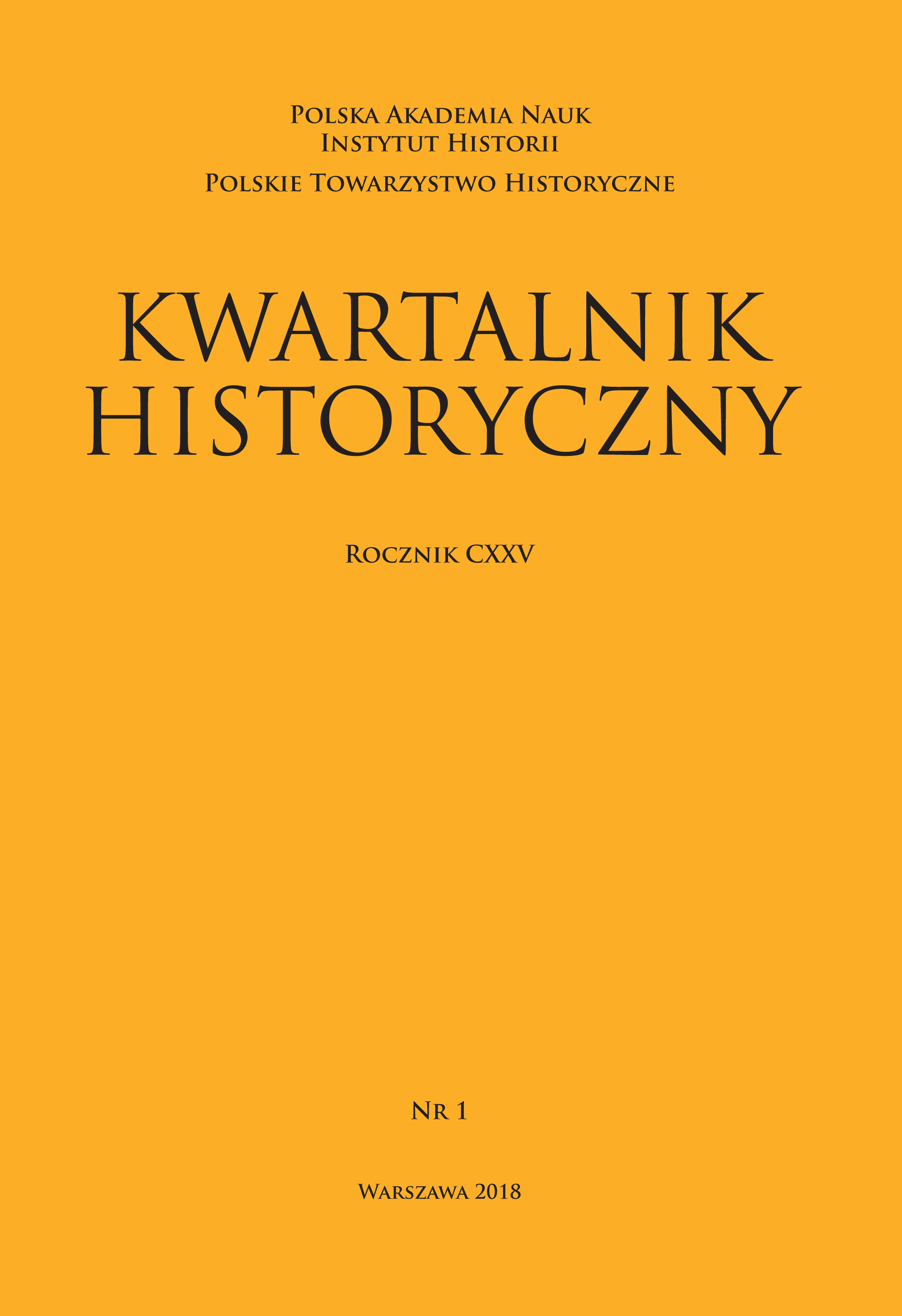KOR and Its Model of Resistance. Study of Dissent and Opposition in the Communist Poland
KOR and Its Model of Resistance. Study of Dissent and Opposition in the Communist Poland
Author(s): Jan SkórzyńskiSubject(s): History, Political history, Social history, Recent History (1900 till today), Post-War period (1950 - 1989)
Published by: Instytut Historii im. Tadeusza Manteuffla Polskiej Akademii Nauk
Keywords: dissent; opposition; communism; resistance; dissidence;Polish People’s Republic (PRL);
Summary/Abstract: Social attitudes toward communism in Poland encompassed the whole spectrum of attitudes, from affirmation, through adaptation, to resistance and dissent. The most developed and institutionalized form of dissent was the opposition movement. Komitet Obrony Robotników (Workers’ Defence Committee), later transformed into the Social Self-Defence Committee ‘KOR’ was a new of type opposition against the communist regime; it created a political alternative and new methods of system contestation, which were followed by other groups in the democratic opposition in the 1970s. The main features of the KOR opposition model are: openness, acting without violence, absence of hierarchic organization, decentralization, legalism, solidarity, specified social objectives, political self-limitation, ethical radicalism, pluralism and civic virtue.
Journal: Kwartalnik Historyczny
- Issue Year: 125/2018
- Issue No: 02 (en)
- Page Range: 87-110
- Page Count: 24
- Language: English

